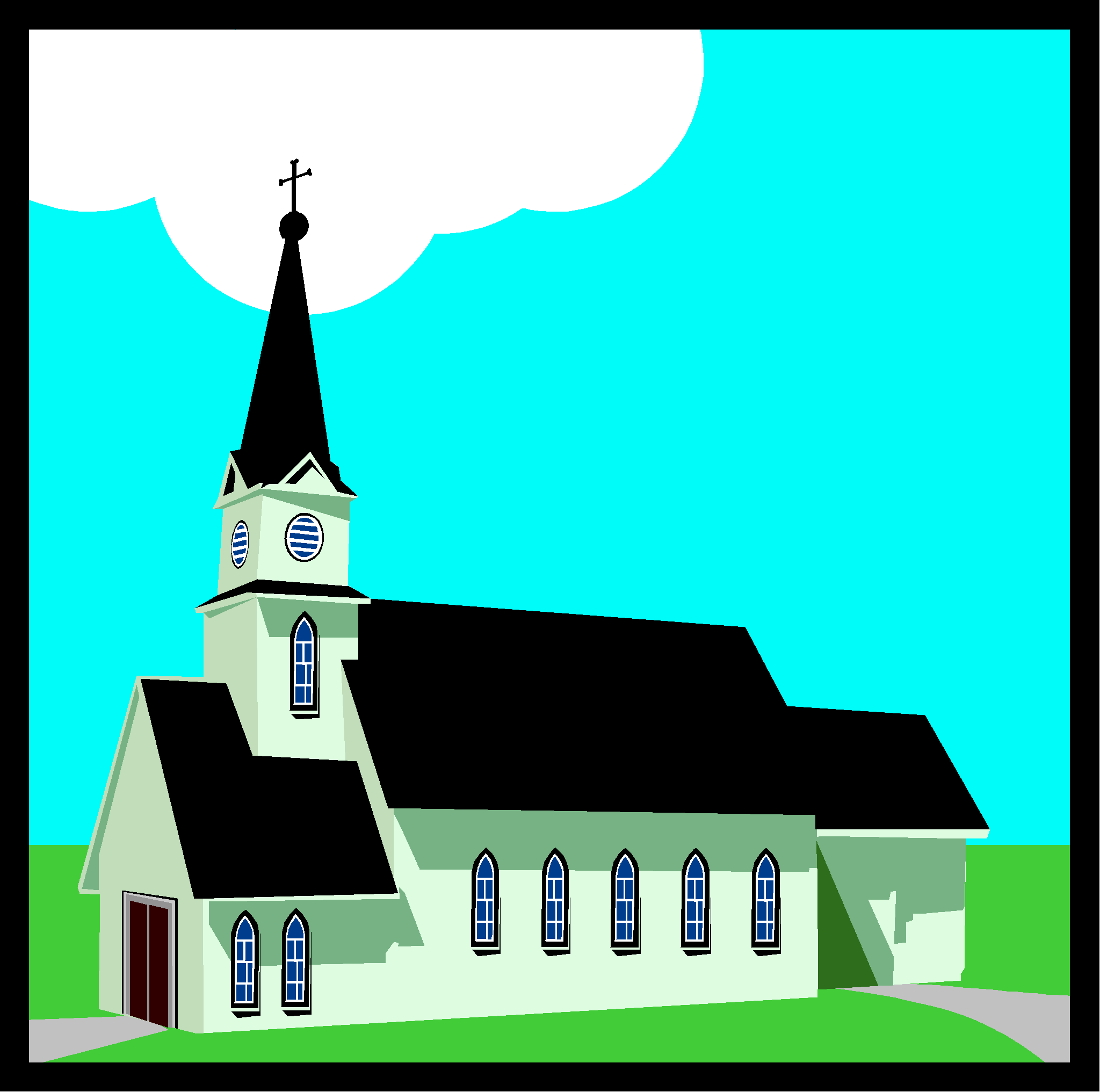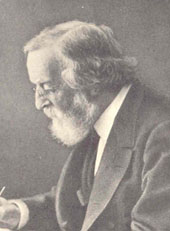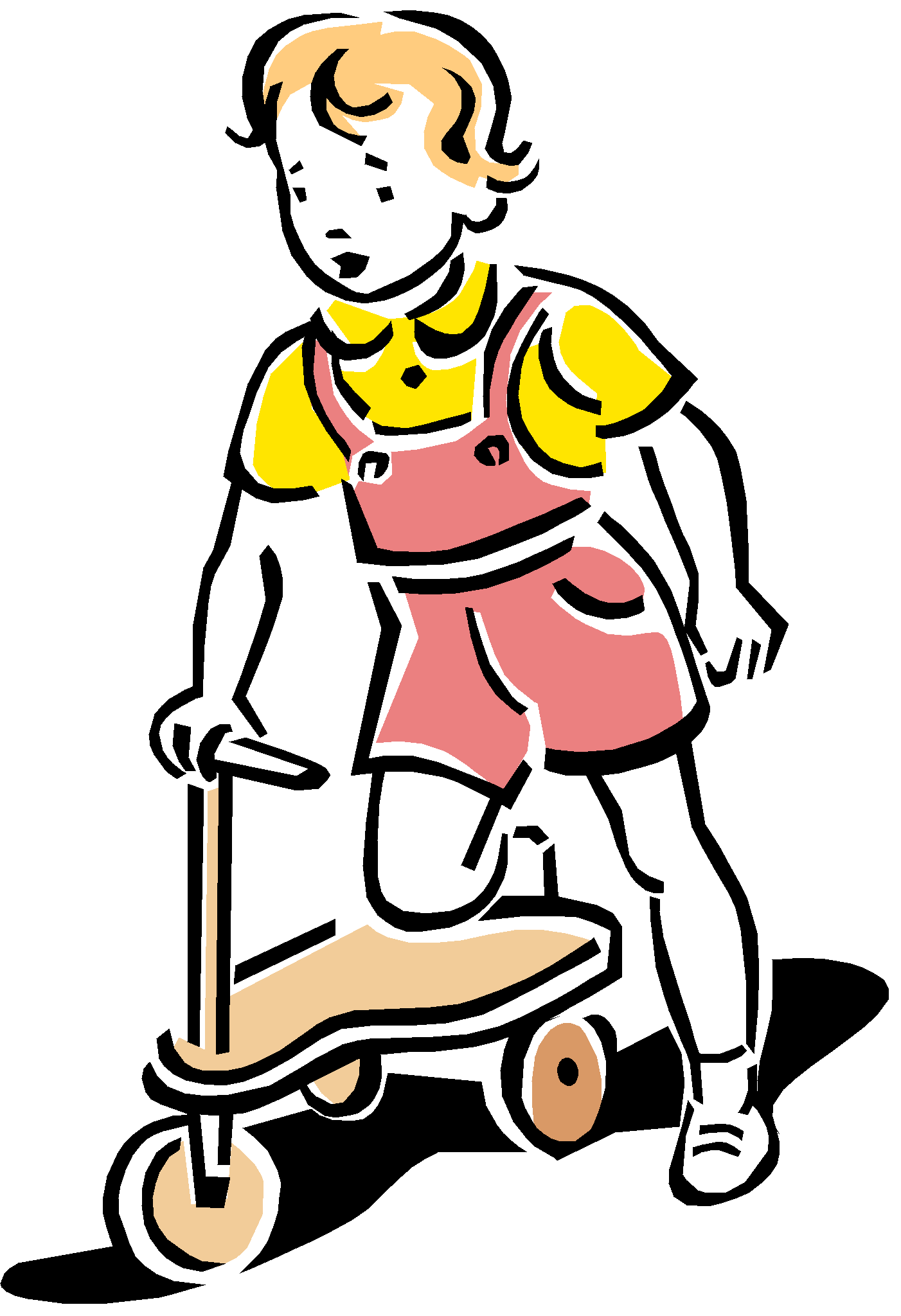|
|
From
UU Historical Society web
James
Freeman Clarke
CHURCH
IS A PLACE WHERE WE LEARN TOGETHER.
|
UNITARIAN UNIVERSALIST ALPHABET
Please
read the Overview before using this Plan.
C c
Letter C introduces James Freeman Clarke, some things about church
services, and the symbol of the chalice.
MATERIALS:
Construction paper Letter C with hole punched in top, yarn for
necklace
Pictures
of churches, if possible, with pews that were boxes with doors (New
England)
Construction
paper, pattern for Chalice, hole punch, yarn; or small flowerpots and
glue.
Pictures of cats in
various poses for "Cat Statues"
Snacks-- carrots,
crackers, celery, cheese (from cow)
GETTING
STARTED:
Welcome.
After each person says his or her name, the group responds, “Welcome,
(name).” For a child who is attending for the first time this
year, add name to the letters that have been posted and to the
attendance sheet, and make a nametag during or after the session.
Leave a seat for someone who is not here today or as an invitation
for others to join the group.
The Letter
of the Day:
Talk
about the Letter.
Give
the Letter Necklace to a person with that initial.
Talk
about the things that the children have brought for the Letter,
and/or Letter Bag.
Put the
things related to the letter in the Special Place
SPECIAL PERSON: James
Freeman Clarke (April 4, 1810-June 8, 1888)
James
Freeman Clarke was a minister of a new church in Boston. He wanted
this church to be different. A church is what we call our places
where we come to worship—another C word.
When
he grew up in New England, people paid for their seats or pews
(benches). In some churches of that time, the pews actually had doors
on them. (This was partially to keep out the drafts in the winter.)
But you could have your seat only if you could pay for it, and you
sat in the same seat every time you came to church. If you could not
pay for a seat, there was a separate place for you to sit. James
wanted everyone to be able to have a seat in his church, without
having to pay for it, so no seats were sold in his church.
Do
children sit in the same seats every time they come to church or to
children’s chapel? Even if they do, do they like having the
choice?
When
people paid for seats, the money was used to run the church, like buy
fuel and pay the minister. We still need money to run the church,
but we give money to the church, like we do now with the morning
collection (offering).
Briefly
talk about collection in terms that apply to your own church setting,
like in the morning worship, or in children’s worship. Children
seeing people giving money is a way of teaching about financial
support of the faith community.
Something
else was different about James’ church. When he lived, the
minister was the one who talked in the service. Music -- like singing
-- was done by professionals. The congregation – like you and
me – had to be quiet all during the service and listen to the
minister and the musicians, but we couldn’t sing ourselves.
James Freeman Clarke started to have the congregation sing the hymns
and to read with the minister, in what we call responsive readings.
He wanted his church to be a “church of the people.”
Discuss
parts of the service where people take part, such as lighting the
chalice, singing, responsive reading. This includes how children
participate in children’s worship/chapel.
Because
of James Freeman Clarke, we all have a part in church services.
AFFIRMATION: Church is
a place where we learn together.
THE LETTER C
IN THE CHURCH
Chalice: One of the
symbols that we use in our churches starts with C-- the chalice. The
chalice is shaped like a fancy glass or cup. Chalice means a cup
that is used for holy purposes. We use our chalice to hold a candle
or oil. And we light the chalice to help us come into worship. The
chalice and candle or oil have been used for many, many years as
symbols of worship, even before there were Unitarians or
Universalists!
Talk about how a
chalice is used in the church and children’s worship. Do
children have an opportunity to light the chalice?
Have each child make a
chalice. Make a chalice for the room.
|
PATTERNS FOR CHALICES
Paper:
Draw and cut chalice with flame
to desired size. Punch hole in the flame.
Cut yarn long enough for a
necklace.
Put yarn through the hole in
the flame.
Tie ends of the yarn together.
Flower pots:
Small clay/pottery or plastic
pots that have detachable bottoms can be used. Detach the bottoms,
turn the pot over, put the bottom on the top as the chalice part.
These can be glued together. Put a candle into the chalice. If the
candles are to be lit, the pottery pots are safer. The pots can be
decorated.
Have pictures of chalices that
can be colored.
|
Child. This is one
of the most important words in for church. Leaders, sing or read the
words to #338 "I Seek the Spirit of a Child" in Singing
The Living Tradition for yourselves in preparation. Tell
the group why you are spending time with them, and their importance
in the church community.
Camera: Take
pictures of the group, the church, and their room. (If pictures are
displayed, follow the congregation’s policy regarding
identification of children.)
A-B-C
Animals: camel,
cat, chicken, chimpanzee, cow, coyote, chickadee
Body parts (add to Body
Picture): chest, chin, cheek
Calendar: Christmas
Note the date of the
session and any special events for the day, including birthdays.
Note items beginning
with that letter
Note events between
today and the next session, including birthdays.
CLOSING: Gather around
the Special Place where the things related to the letter have been
placed. " We give thanks for the Letter C. We have shared and
learned about special people and animals and ourselves and our
church. May we leave in love and peace. Next week we will meet
again. Our letter will be ____ and our leader(s) will be
____________________." Make sure that people take home things
that need to go.
VARIATIONS
FOR OLDER CHILDREN
Story
of the UUSC and the Flaming Chalice as the symbol. This story can be
found in various curricula, such as the story by Rev. Margaret
Gooding in the UUA curriculum, Around the Church, Around the Year.
This story was used with permission in UU Principles and
Parenting, Zidowecki
"The
Flaming Chalice" by Rev. Margaret Gooding
The
story is set in Europe during WW II.
Nicolette
and Jean-Pierre were cold and hungry. When their mother had heard
that the soldiers were coming, she and Grandmere Lucie had bundled up
food, clothing, and blankets and the four of them had set off with
other people who were escaping from the town. They were refugees,
people with no home, looking for a place to live until the war was
over.
Now,
after a week, the food was gone. It had started to rain, and the road
was turning to mud. Everyone felt miserable and scared. As it grew
dark, they moved into the woods to find a place to sleep under the
branches of the trees.
Suddenly,
they heard a truck rumbling down the road. Nicolette, Jean-Pierre,
Mama, and Grandmere peeked out between the branches, afraid the truck
might be full of soldiers. But when the truck stopped, and Mama saw
the flame and circle painted on the sides, she said, "Come
quickly, I have heard of these people. They will help us."
The
people in the trucks were members of the Unitarian Service Committee.
They distributed bread, cheese and hot soup to everyone. They drove
the refugees to a town far away, to a building whose door had the
same sign of the flame and the circle on it.
Inside
the building it was warm. There was food, cots to sleep on, and good
blankets. It was crowded with refugees, but no one seemed to mind.
The Unitarian Service Committee people were friendly and kind.
Nicolette, Jean Pierre, Mama, and Grandmere Lucie stayed for four
weeks. They then went to live with Grandmere's brother in a safer
place.
When
the war was over, Nicolette and Jean-Pierre's father came home from
the army. Reunited, the family returned to their village and rebuilt
their house. Long afterward, they often thought about the truck and
the building with the sign of the flame and the circle.
©
Helen Zidowecki, 10/2007







